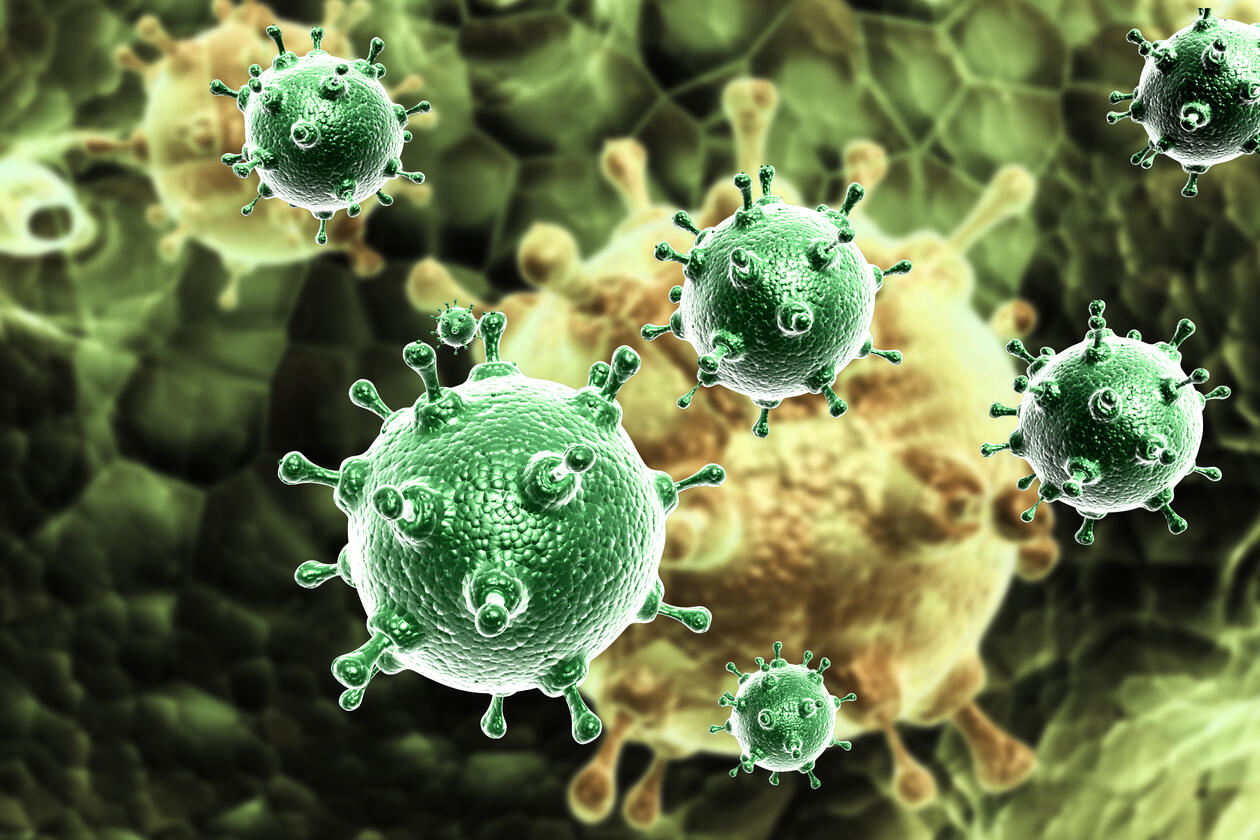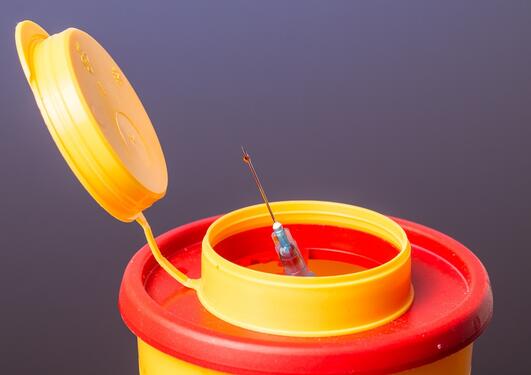Risk assessment, biological factors
Risk assessment of biological factors and genetically modified microorganisms
The employer shall assess whether there may be a risk of the employee being exposed to biological factors.
Main content
If the activity may entail a risk to the employee's health or safety, the exposure shall be mapped and consideration shall be given to how the exposure takes place. Both infection risk and other health hazards shall be assessed. On this basis, the wmployer shall risk assess the circumstances.
Risk assessment of own work
The operations must be risk assessed.

